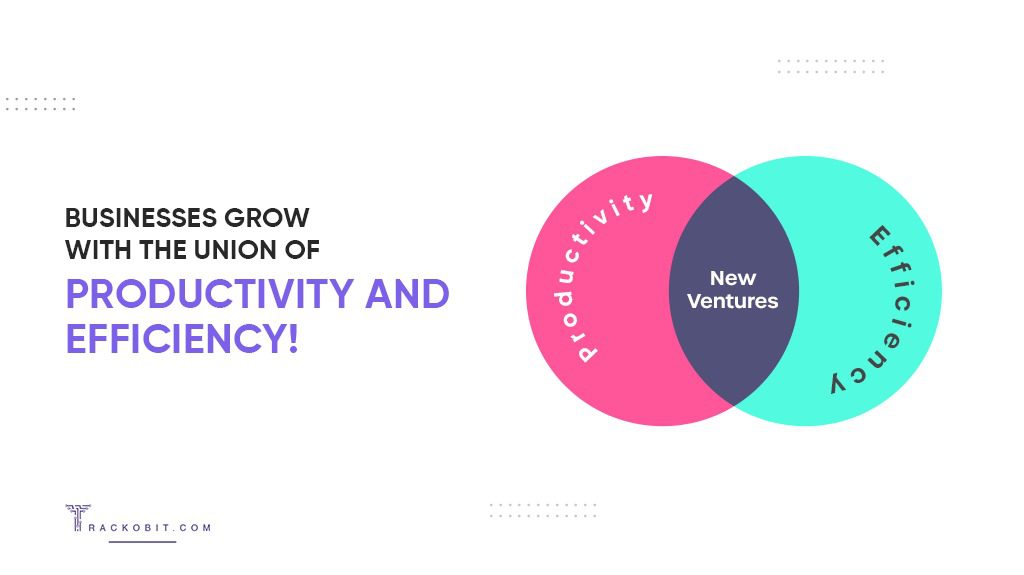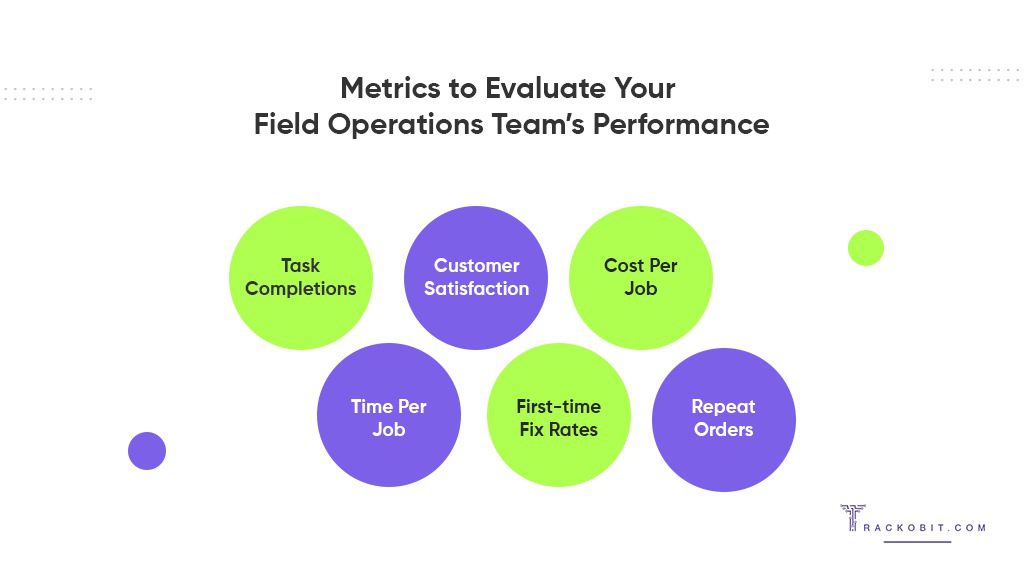-
TrackoBit
Manage commercial vehicles with the new-age Fleet Management Software
TrackoBit -
TrackoField
Streamline your scattered workforce with Field Force Management Software
TrackoField -
Features Resources
-
Blog
Carefully curated articles to update you on industrial trends. -
White Paper
Insightful papers and analysis on essential subject matters. -
Glossary
Explore an alphabetical list of relevant industry terms. -
What’s New
Get TrackoBit & TrackoField monthly updates here. -
Case Study
Explore the cases we solved with our diverse solutions. -
Comparisons
Compare platforms, features, and pricing to find your best fit.
-
About Us
Get to know TrackoBit: our team, ethos, values, and vision. -
Careers
Join the most dynamic cult of coders, creatives and changemakers. -
Tech Support
Learn about our technical support team and services in detail. -
Events
Check out the exhibitions where we left our marks and conquered. -
Contact Us
Connect with us and let us know how we can be of service.
Productivity vs Efficiency: Busting Vanity Metrics With Field Force Management Software
- Author:Ayushi Nagalia
- Read Time:9 min
- Published:
- Last Update: January 7, 2025
Table of Contents
Toggle
Productivity and Efficiency are important to understand your field operation’s performance. But one might be a vanity metric, here to mislead your business strategy!
Table of Contents
Toggle
If you’re running or managing a business, tracking productivity and efficiency seems like a no-brainer, right? After all, tracking your business’s performance through defined metrics is a crucial aspect of business growth.
But, what if the metrics you choose are flawed? What if you’re content with an underperforming business running on vanity metrics?
If you are even a slight bit worried about what will happen to your business, you are in the right place!
In this blog, we will talk about vanity metrics and how you can protect your business insights against them. Learn about the best ways you can use field force management software to scale your business the right way!
Key Takeaways:
|
Understanding The Difference Between Productivity and Efficiency in Field Operations
Let’s meet the two buzzwords that all business development and content marketing professionals love.
Productivity. Efficiency.
They are used so often in the world of business, they have made a special way into everyone’s hearts. Now, all businesses want to track them to see how their business is performing, and use them interchangeably.
But do people actually understand what these two terms mean? If using them interchangeably – probably not.
But no worries, let us explain them here.
What is Productivity?
Productivity is the measure of the output (tasks, sales, etc.) the field employees create in relation to the resources (time, expenses, etc.) they need to get those results.
It helps managers and businesses understand how much they are benefitting from the resources they are putting in. Therefore, through productivity evaluation, businesses can understand the profitability on an operations sector level.
Productivity is a crucial measure of a business’s success. It helps them understand which tasks and employees are getting results, and which aren’t. This can facilitate better strategy through either better employee training or operations revaluation.
What is Efficiency?
Efficiency is the measure of the resources (time, fuel, money, etc) consumed by employees to get outputs (visits, leads, etc.) for the business.
It helps businesses understand how much of minimum resources they need to get the desired results. For example, if an employee is getting 10 leads each week, the efficiency would be 10 units per week. Therefore, they can surmise that the employee will get about 40 leads a month, etc.
Efficiency is also an important measure of a business’s success. By measuring efficiency, businesses can allocate their tasks in the right way to possibly manipulate the output to the optimum.
The Interplay of Productivity and Efficiency
After reading the above explanations and definitions, you must have understood that productivity and efficiency are not the same! They should not be used interchangeably. However, it is also important to note that the two terms are very tightly intertwined with each other.
If a business only focuses on productivity, it might never understand
- How many resources they are wasting
- How to increase business profitability
Conversely, if a business only focuses on efficiency, it will reap higher profits but will
- Miss out on new opportunities for operations and business expansion
- Risk burning out their employees in the numbers game
You must, however, understand the stance both terms take in terms of measuring ROI and performance. (Think on – we’ll talk about it further on!)

Winning The Numbers Game: Choosing The Right Metrics
There is a huge difference between an arrow shot in the dark and an arrow shot with a clear view.
When shooting in the dark, it is hard to hit the goal because you do not know
- Which direction to shoot in
- How much force (resources) you need to put
- What you will earn if you do hit the board
- If people around you are giving you the right or vanity instructions
However, while shooting in clear view, you will be able to save energy and get to the goal in the least possible attempts. You just need to know the right things, right?
What Are Vanity Metrics?
Vanity metrics are the inputs you get while shooting an arrow in the dark (like your friends’ directions).
They are misleading metrics and indicators that give a false sense of business growth and progress.
Even metrics that might be important but do not help meet the required business goals can be deemed vanity metrics. They might make your business look good temporarily, but they don’t truly measure success.
Just as shooting with a clear view, you need to focus on meaningful metrics. You need metrics that can provide valuable insights to drive your business forward.
How Vanity Can Metrics Kill Your Field Operations Strategy
Vanity metrics never reflect the true health of the business.
Therefore, even if your business’s social media account has 100k followers but you are getting only 100 likes on your pictures and almost zero leads, what is the point of the shiny 10k number?
The biggest problem with vanity metrics is that they mislead decision makers. They give a picture that looks good on paper but is possibly terrible in practice. For example, a business audit might show high customer satisfaction scores, but if those scores are based on a small sample size or a biased survey, then they don’t provide a true indication.
Therefore, leaders might make business strategies and decisions that will be detrimental to business growth.
Vanity metrics lead to poor decision-making and wasted resources if they are given too much importance. They can make the business and leaders lose sight of what’s really important – satisfying customers, generating revenue, and achieving long-term success.
Additionally, vanity metrics promote an environment that values looking good over actually doing good. They can promote a culture of complacency through the principles of looking good, not serving or selling good. While aesthetics and on-paper goodwill are also important, too much emphasis on them can be detrimental to the employees’ morale and company culture.
Is Measuring Productivity Important?
Sure, measuring productivity is important for businesses. Especially ones where employees are on the field and not in the manager’s vicinity.
However, if the business is willing to grow sustainably while boosting profits, productivity can become a vanity metric.
For example, an after-sales services manager can see that his team of 10 employees are able to complete 30 services a day. This looks good on paper. However, each employee is consuming maximum resources in traveling and is not able to give satisfactory results to the employees. This beats the purpose of the business wanting to give affordable services to consumers and building customer loyalty.
Tracking productivity, in terms of field operations, is a one-way street to understanding if your employees are working on the field. However, understanding how well the operation is going is not something that can be understood through productivity. Businesses need to track and measure efficiency for that.
What Metrics Are The Most Important to Evaluate Your Field Operations Team’s Performance?
When evaluating field operations’ performance, tracking productivity and efficiency is important. However, as explained in a previous selection, productivity can tell you only so much on the field. To understand the complete picture and avoid the trap of vanity metrics, you will have to track and manage the following things:
- Task Completions: Task completions can be the biggest example (probably the only) of productivity management in field operations. Through task completion, you can see how many services your employees are able to provide on the field, either to you or your clients. A comparative analysis of task completion helps you understand how productive each employee is.
- Customer Satisfaction: Productivity will not cut it if you want to provide good services and products to your customers. You need to measure if your customers are actually happy with the services they are getting.
- Cost Per Job: Calculate and measure the average cost of executing each task on the field. This way, you will calculate the actual field operational efficiency along with an understanding of your required areas of improvement.
- Time Per Job: Time is as precious as money and hence, you will have to see how much time is spent on the field for each job. This should be inclusive of the time they are taking to travel to different task sites.
- First-time Fix Rates: You need to see how many times a client’s problem or requirement was fulfilled in one go. This is also a good measure of understanding how much customer loyalty you can build for your business.
- Repeat Orders: you need to see how many times employees are giving you repeat orders for your work. This gives a good idea of team efficiency because, of course, only satisfied clients will employ you multiple times.

How To Track Field Team’s Efficiency With Field Force Management Software?
In the spirit of data-powered team analysis, it is important to understand what metrics you should be looking into. More importantly, you need to ensure that you are using a field force management software to get this data for the most efficient and streamlined operations.
Make sure that you are closely monitoring the following metrics through field force management software:
- Real-time Tracking Data: Through historical real-time tracking data, you can monitor if the routes executives are taking to hop from one job site to another are adequate. You need to see how much time they are taking in transit and what you can do to reduce it.
- Expense Reports: Track how much and many expenses are made on the field. This will give you a good idea of how much resources are being used in the field. It is then for you to decide if the team’s productivity is in coherence with the team’s efficiency.
- Happiness Codes: You can track the rate at which happiness codes are being shared with the executives. Low rates mean that either field executives are not meeting the standards or are not even encouraging the employees to share happiness codes – and both situations are unideal!
- Attendance Data: An employee who is giving their most productivity on the field on the days they’re working, but only working for 2 days a week is also inefficient. Why? Because even if you pay them per task, your payroll management efforts are being utilized for someone who is hardly ever on the field.
TrackoField Can Be Your Field Team’s Best Buddy!
By now you know how important it is to build the best strategies with the right metrics. You also know the metrics that are best suited for your field operations team to display a true operational picture.
Now is the time to take steps to act on the information you’ve had access to. And the best way to do it is by using a field force management software like TrackoField.
Ayushi Nagalia is a Senior Content Specialist at TrackoBit. She is a marketing maverick with a lush background in literature. With years of experience crafting content for various niches, she speciali... Read More
Related Blogs
-

Grameen Credit Score: Everything that NBFCs and MFIs Must Know in 2026
Shemanti Ghosh January 6, 2026Empower the underserved Joint Liability Groups (JLG), Self-Help Groups (SHG), and residents of rural India with better credit assessment and…
-

How MFIs Are Working In Modern Day Scenario? A Complete Breakdown
Mudit Chhikara December 30, 2025How field force automation is helping MFIs transform field operations.
-

Unified Field Workforce Dashboard: Monitor Tasks, Attendance & More In One Place
Mudit Chhikara December 15, 2025Bring full clarity to field operations with a single, real-time field workforce dashboard.
-

Loan Disbursement in NBFCs: From 15 Days to 3 Minutes – Learn How
Shemanti Ghosh December 11, 2025TrackoField’s AI-enabled field force automation software speeds up loan disbursals in NBFC with field agent task monitoring and facial attendance…

Subscribe for weekly strategies to boost field team productivity.
Your inbox awaits a welcome email. Stay tuned for the latest blog updates & expert insights.
"While you're here, dive into some more reads or grab quick bites from our social platforms!"Stay Updated on tech, telematics and mobility. Don't miss out on the latest in the industry.
We use cookies to enhance and personalize your browsing experience. By continuing to use our website, you agree to our Privacy Policy.

































